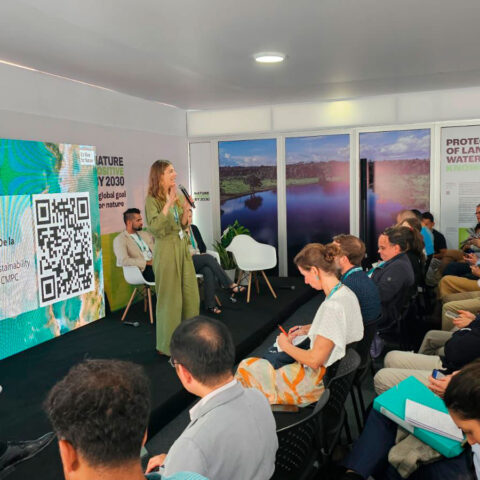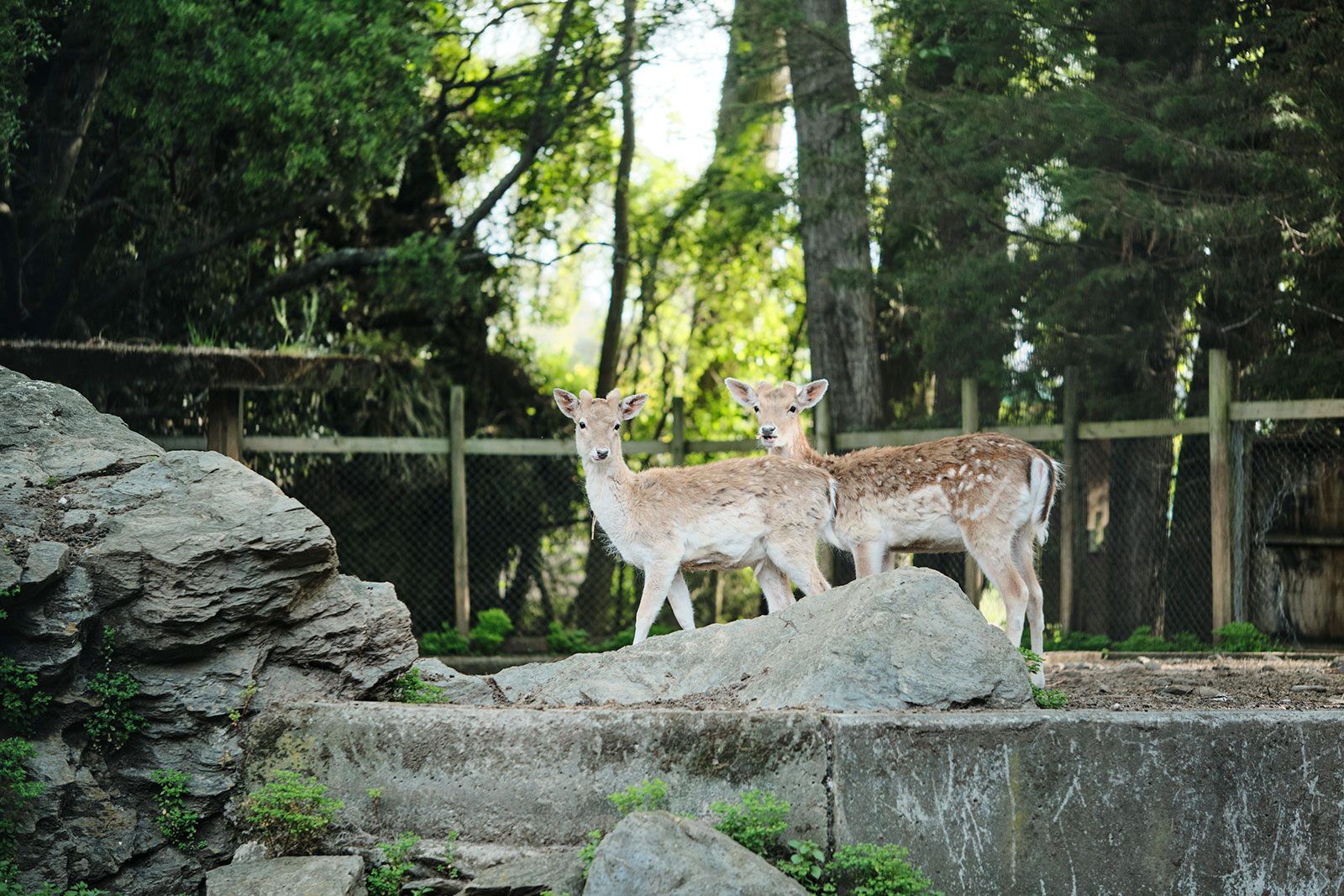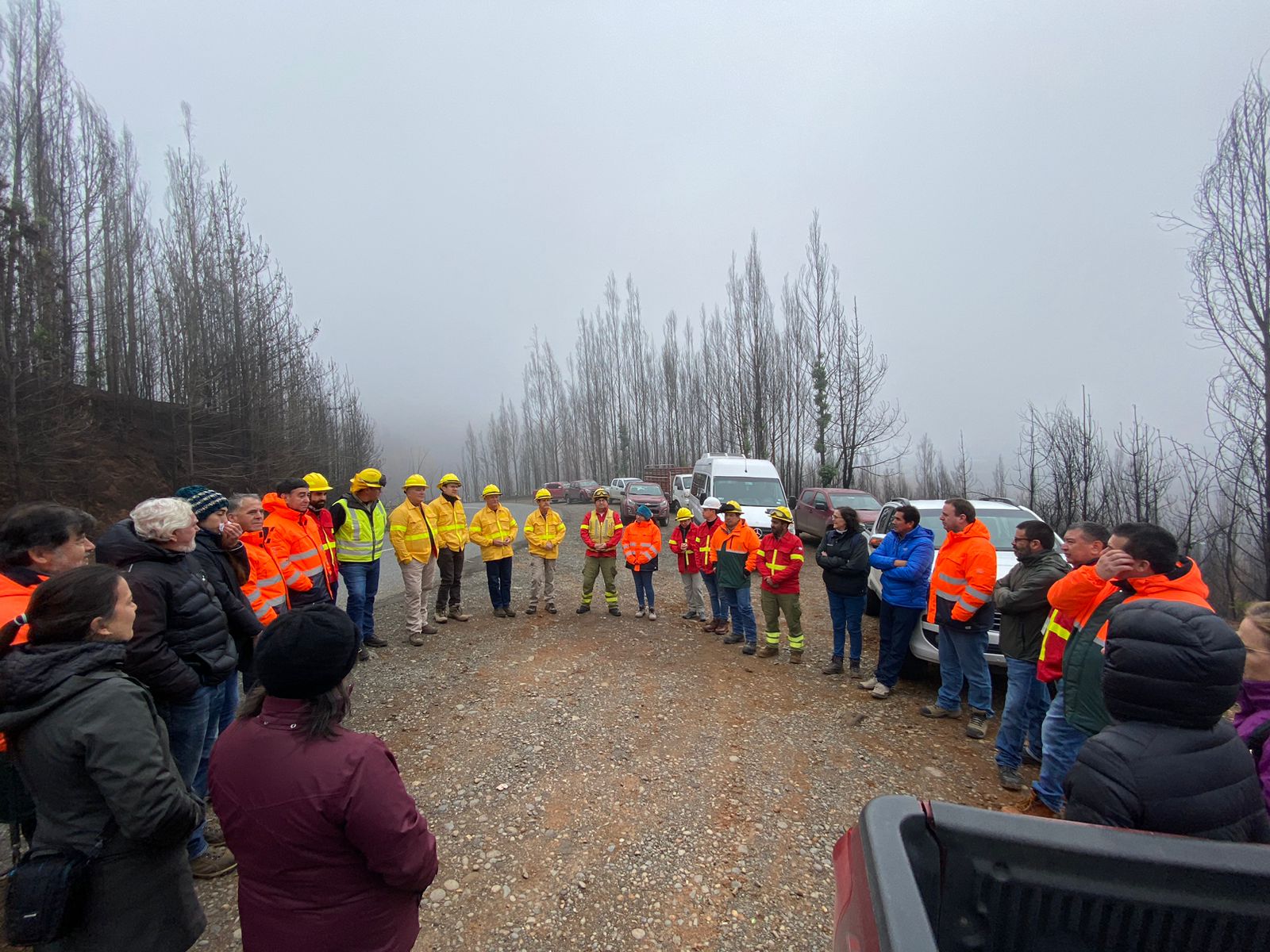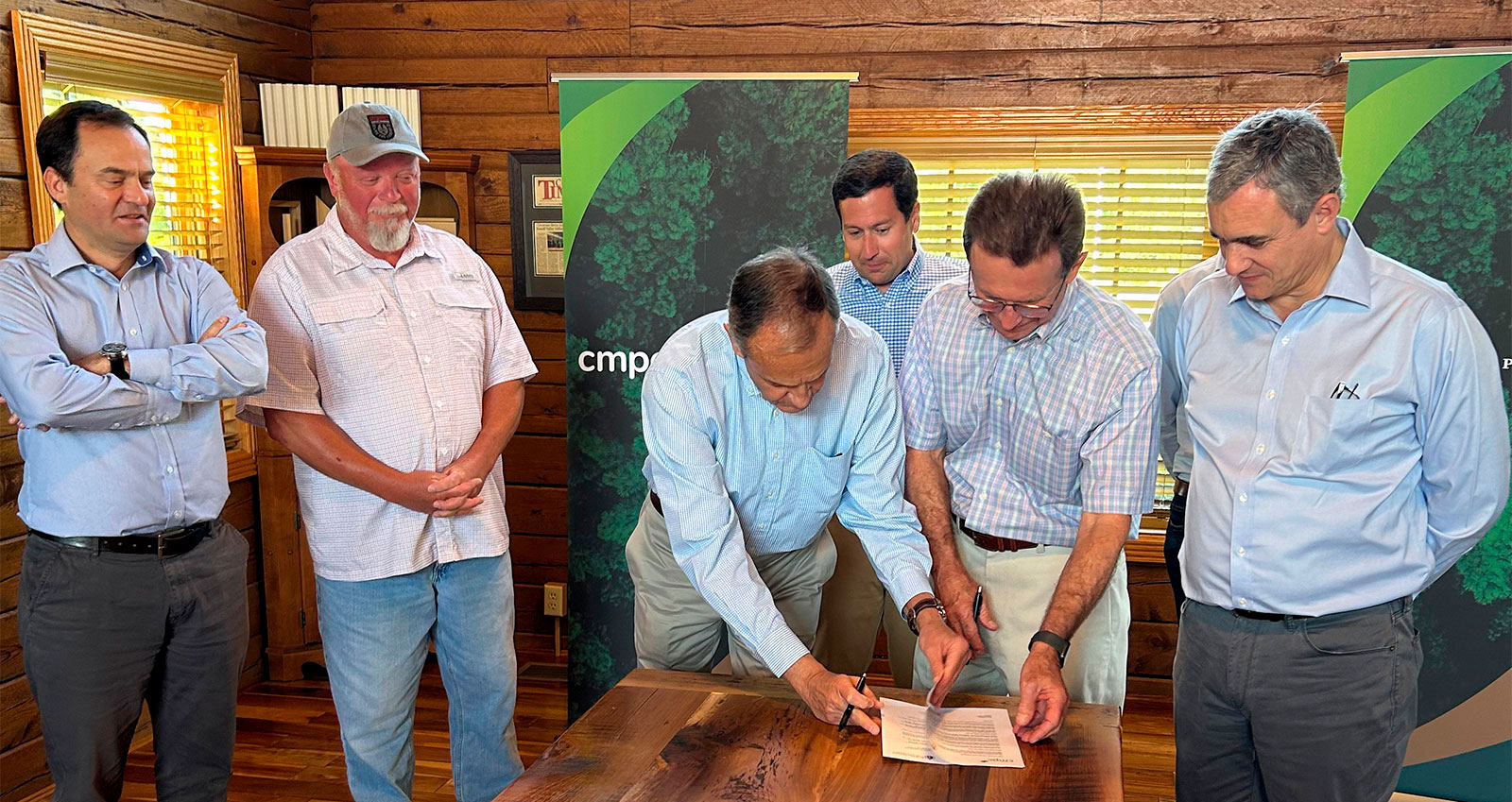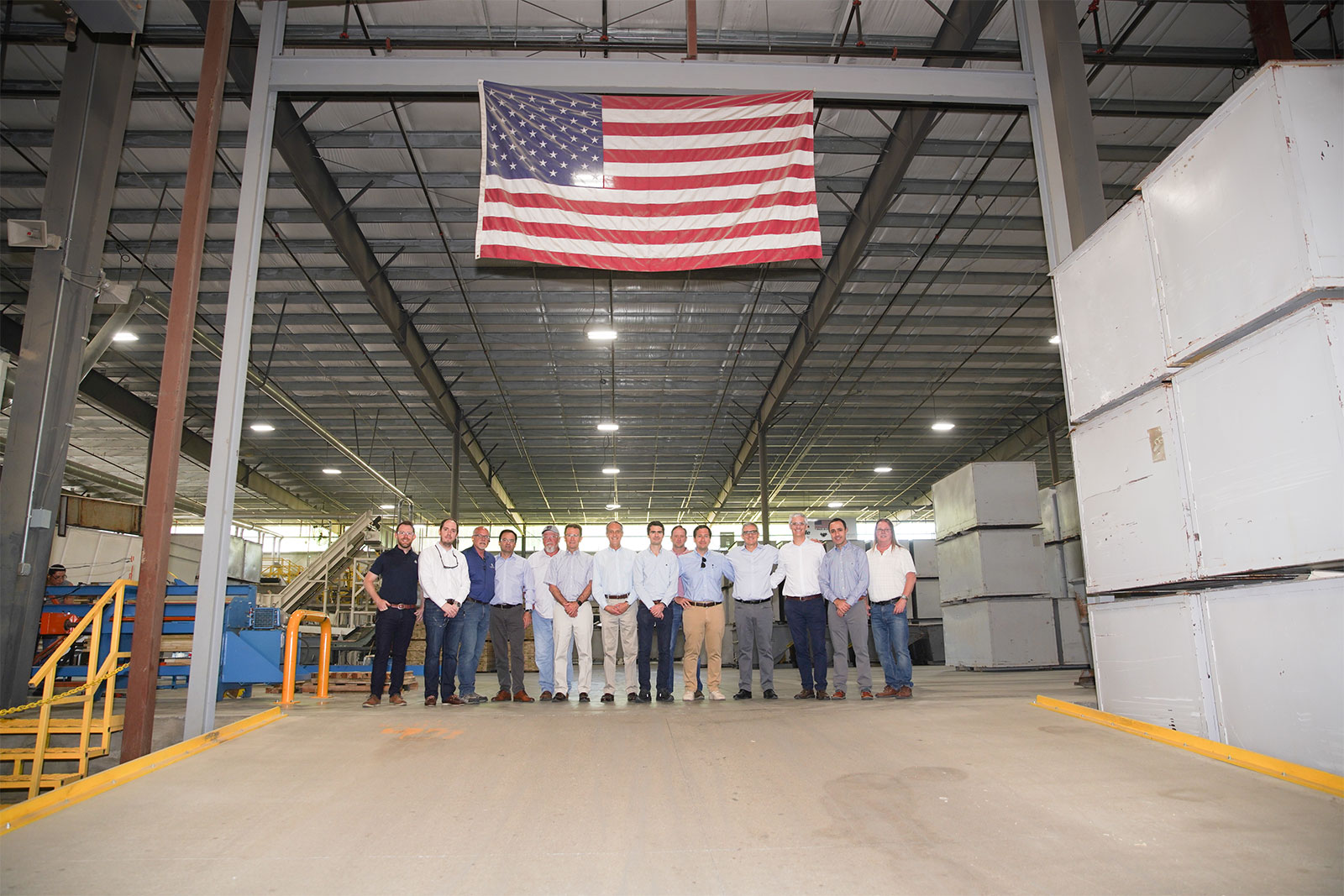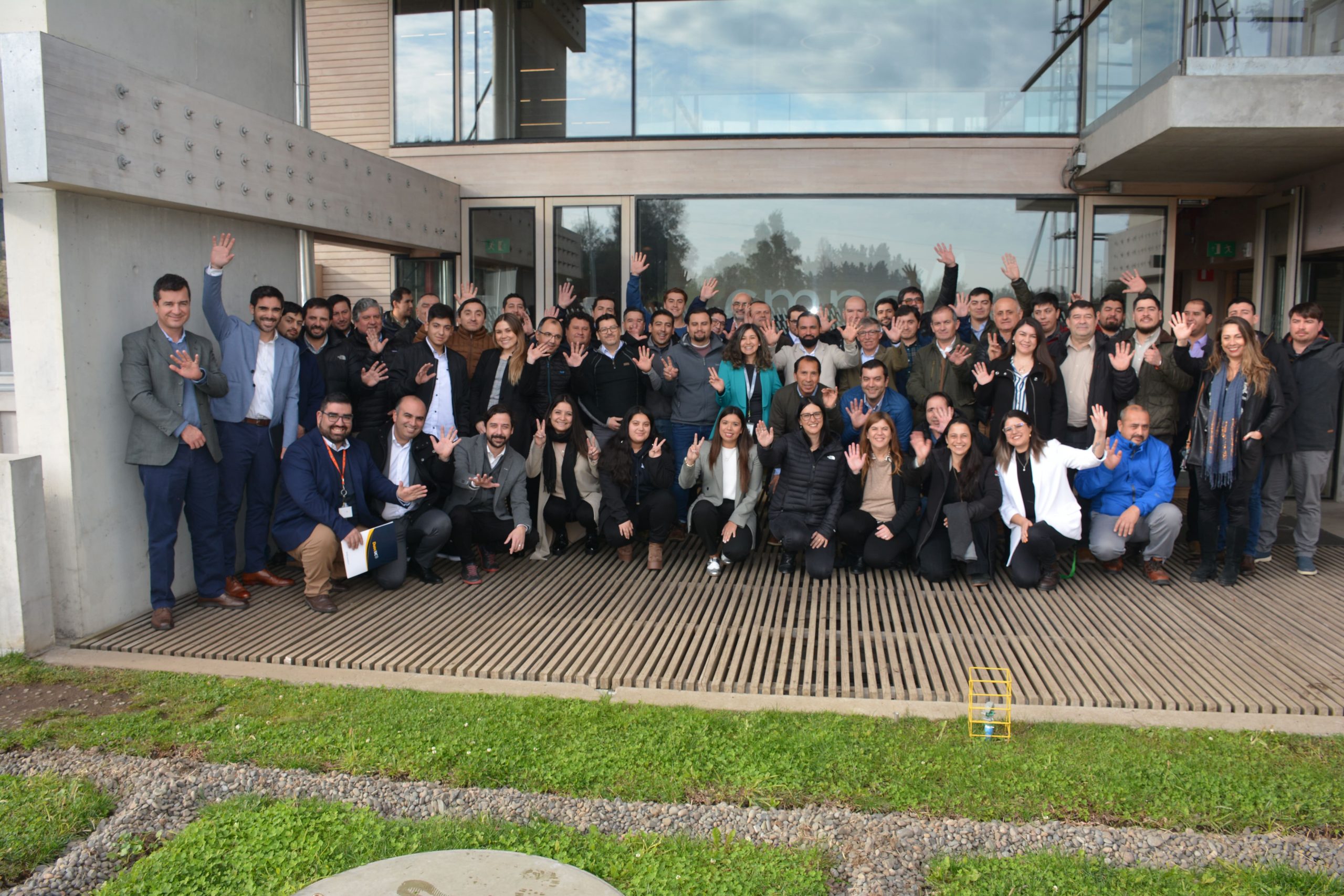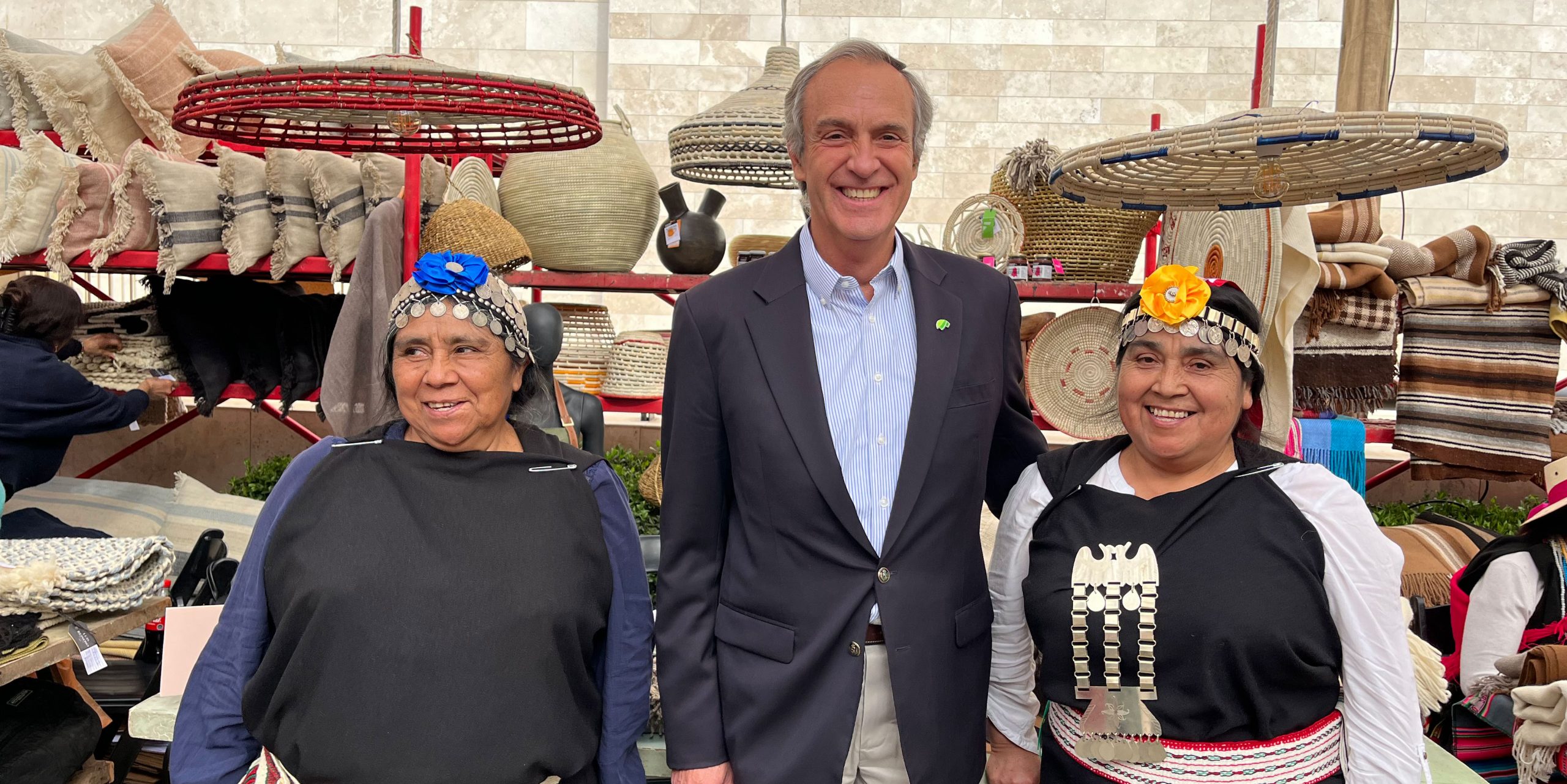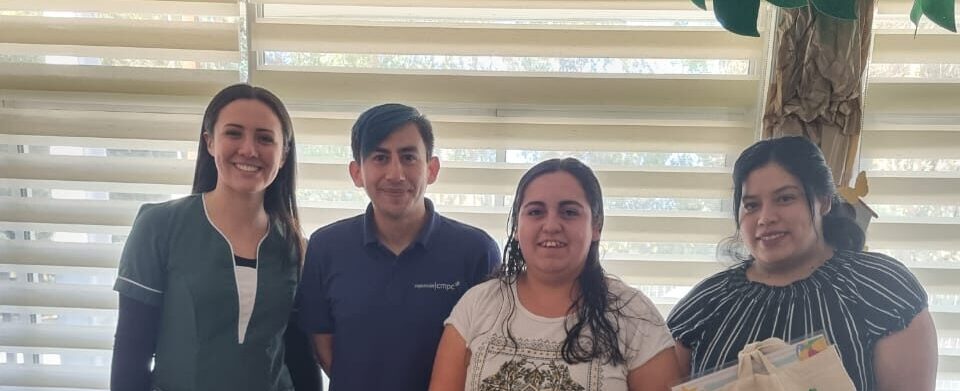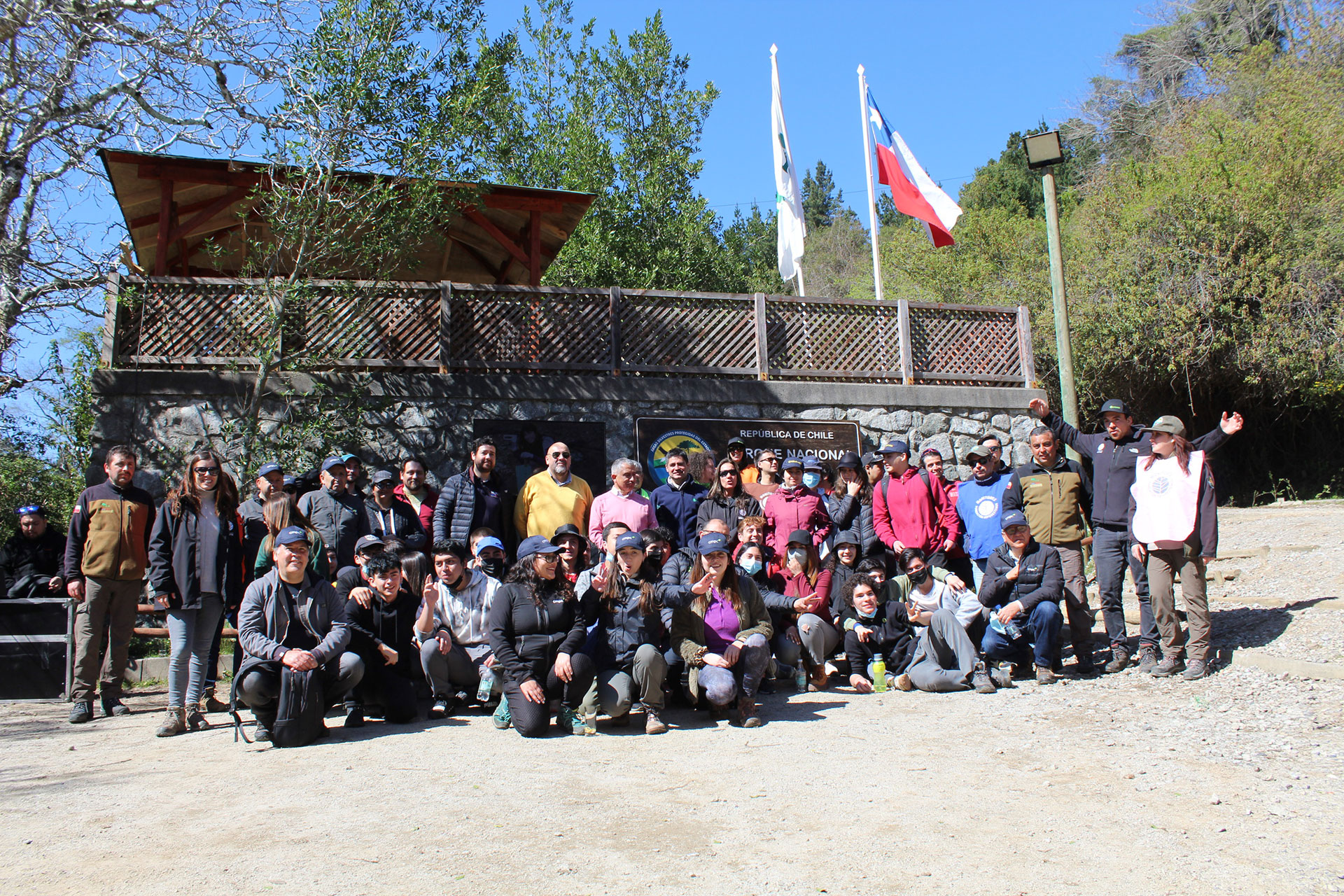
More than 48,000 native trees will help reforest Nonguén National Park
14 de September, 2022
About fifty volunteers from different schools and universities along with CMPC planted Roble [Patagonian Oak] and Raulí, the two species that will help with the reforestation of the Nonguén National Park, which suffered a devastating fire in 2020. It destroyed more than one hundred hectares of this protected wild area managed by Conaf.
The Reforestemos Foundation, Conaf and CMPC have been working hard for two years after forming an alliance in January 2021 to reforest the Nonguén National Park after a fire burned through hundred hectares of the only peri-urban park in the country. So far more than 48,000 native trees have been planted, in addition to working with volunteers, environmental education and preventing future harm.
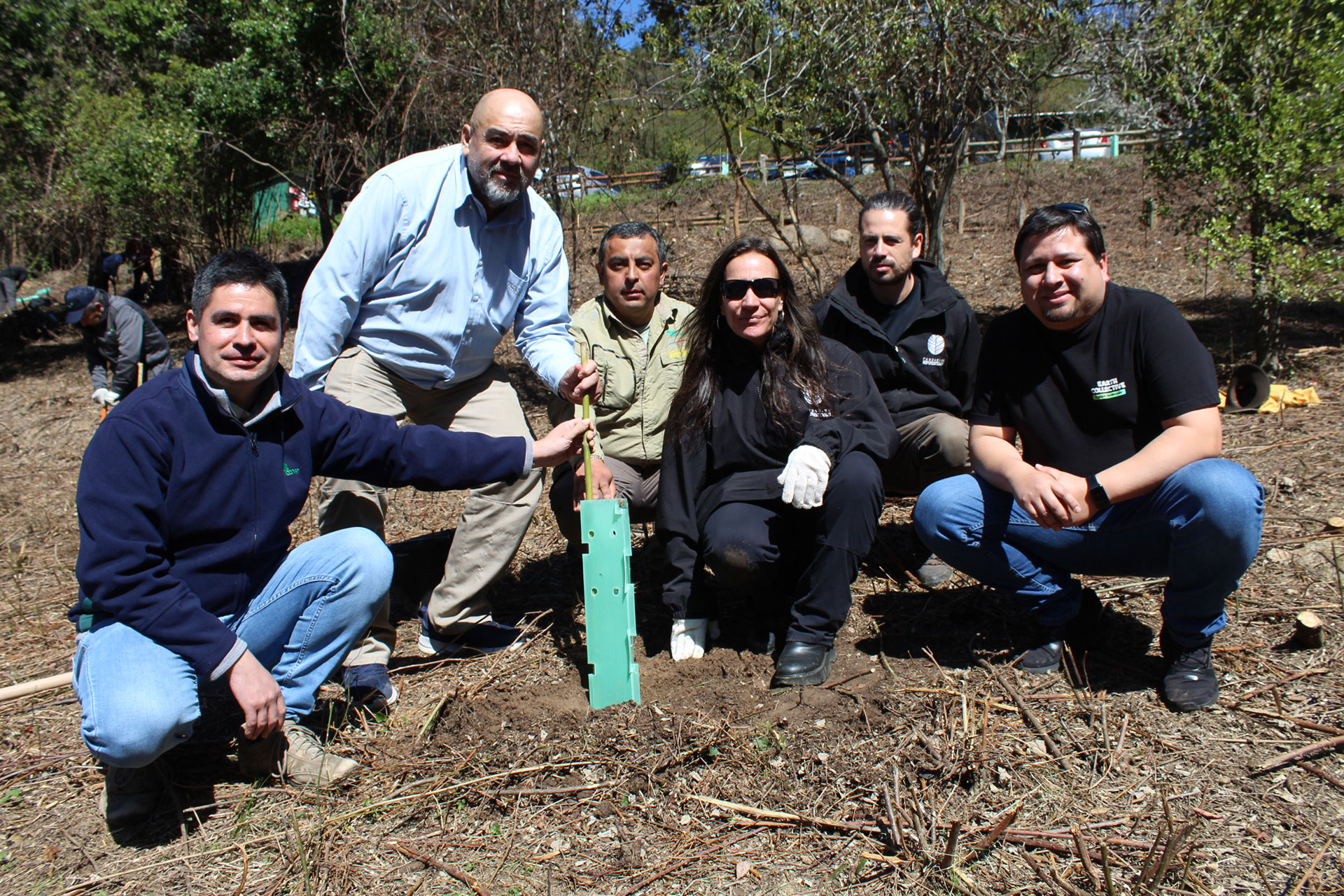
The main entrance of this green lung is only 15 minutes from downtown Concepción by car and covers 3,060 hectares. One year ago it was recategorized as an archaeological park. This enables greater protection over an ecosystem rich in native forest and animal species that are unique to the country.
Although its proximity to the city has benefits, its risks are also increased. That is why this alliance was created, leading to more than 50 volunteers coming with shovels and hoes to plant more than 300 trees, bringing the total to 48,300 planted during this two years of intense work.
Executive Director of Fundación Reforestemos Suzanne Wylie explained that, “The agreement with Conaf Biobío and CMPC has let us work on restoring this important, protected wild area of our country. Thanks to this public-private partnership, today we are volunteering together with the local community. To date we’ve implemented a range of activities related to fire prevention, germplasm, native reforestation and education.”
One of the lessons learned from the devastating fire of 2020 is that there were no helipads, which would have made it easier and quicker to relocate firefighters. CONAF Regional Director Rodrigo Jara named the improvements that have been made so far. “This new alliance made it possible to set up two heliports in the upper zone of the park, which will help in the fight against forest fires in the future. In addition, work is being done to inform people that this place must be protected, especially because of how close it is to downtown Concepción.”
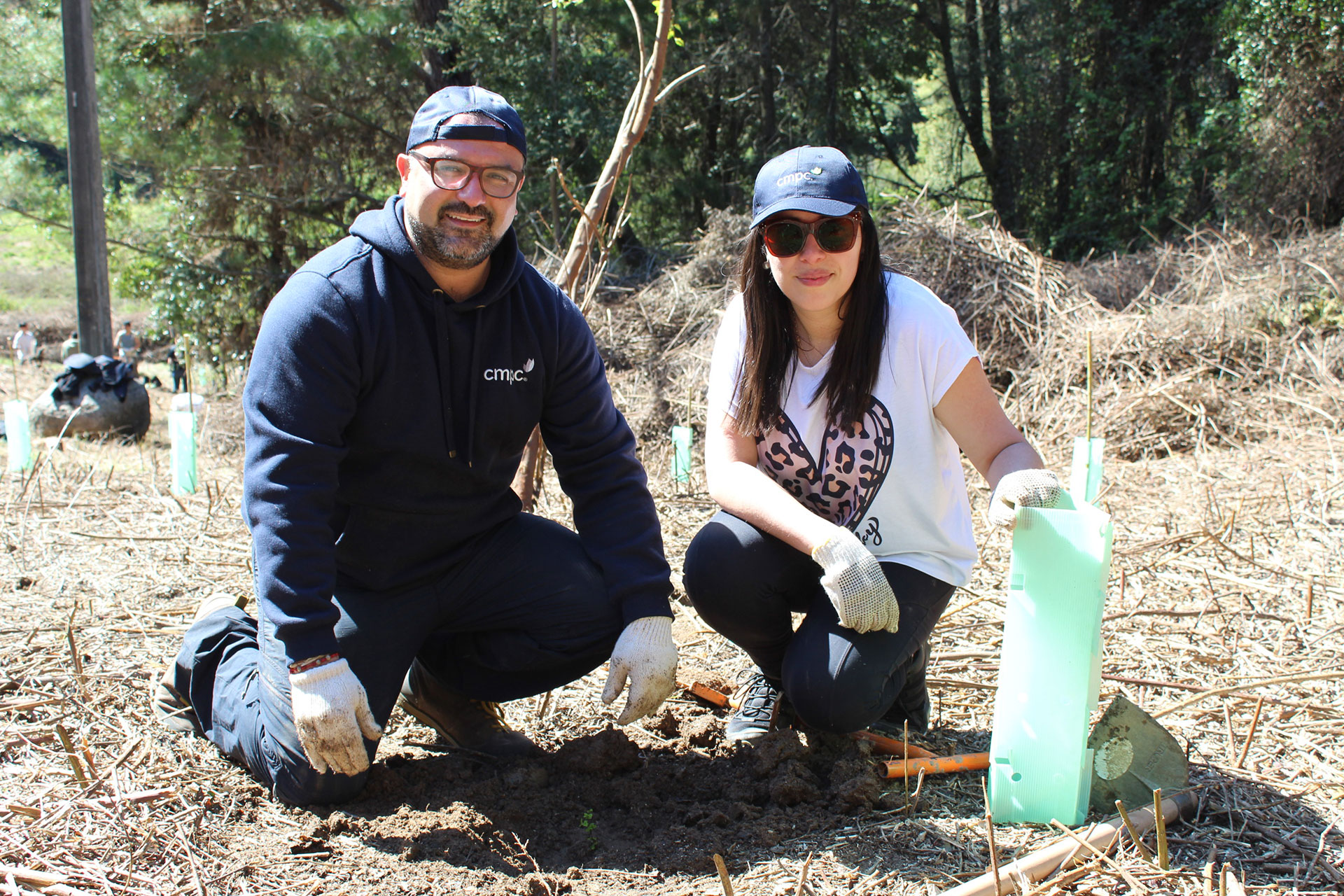
The mayor of Chiguayante and president of the Association of Municipalities of Parque Nonguén, Antonio Rivas both appreciated this day. “Two years ago we suffered one of the worst fires, so I’m happy that so many young people came together to plant trees to help preserve the great green lung that we have in our districts,” he said.
CMPC Deputy Manager of Corporate Affairs Ignacio Lira highlighted the public-private partnership. “In this second year of joint work with Conaf Biobío and Fundación Reforestemos, we’ve had very favorable results in terms of the reforestation of the areas affected by the 2020 fire in the Nonguén National Park. This offers us a great lesson. When different actors come together in a common cause, such as preserving this peri-urban space for future generations, progress is made much faster,” he said.
Volunteers in action
Under the auspices of the public-private partnership, volunteers have been called on twice to plant trees in the Nonguén National Park. A new call was put out this year that brought together volunteers from schools, universities and organizations in the area, supported by INJUV [the National Youth Institute] of Biobío.
Fabián Barra, from Ceat, San Pedro de la Paz high school. “It’s been an extremely rewarding experience to get to help nature and learn how to take action to mitigate climate change. When many people join in, it becomes a unique and new experience,” he said.
Vicente Stintz, a student of Plant Biotechnology at Udec, has a similar vision, “It makes me feel that I am giving something back to nature. I will definitely bring my son and family when I return to the park because I’m amazed by all the nature that lives here. Seeing it restored makes me very happy,” he said.
Beatriz Quiñones is a senior student at the Ceat de San Pedro de La Paz high school. She said, “This has been a good experience, and I wanted to get to know the Reserve. One day in the future we’ll be able to come and say I helped plant those little trees there,” she said.
Additionally, a 1.5 km road was set up to facilitate access for fire brigades and fire prevention (preventive silviculture).




